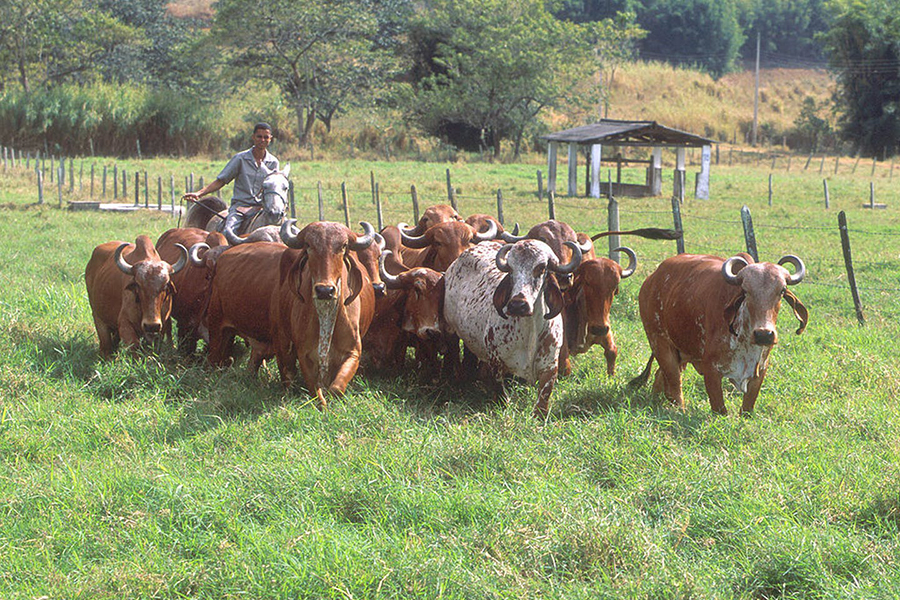Livestock ranching is one of the most rewarding industries to get into. You get to work with the land and animals, create food for people, and set your schedule. Of course, it’s also a lot of hard work. If you’re new to the game and you want to create a successful business, these are the things you need to keep in mind.
Schedule Your Vet Visits Twice A Year
Finding a traveling veterinarian who can do what you need is one of the most important steps for creating healthy cattle. Not only does this ensure that your livestock is constantly cared for, but it also gives you the chance to ask questions about bulking up animals or improving their diets.
In addition, this type of veterinarian understands what it takes to raise successful livestock and will help you with any health concerns you have for them.
Use A Software That Will Help You Track Livestock
Good software should be capable of doing everything from keeping track of your last veterinary visits, how old an animal is if it’s ever had any health issues, and even the animal’s weight.
If you’re not used to using software for this type of thing, you can quickly integrate it into your daily schedule by getting a livestock scale that can instantly transfer the information to your software. This saves you time sharing info and makes sure all documents are up to date. Although Angus information management software is a newer addition to the industry: it’s vital to run a ranch successfully.
Pay Attention To Your Animal’s Weight Fluctuations
Any animal’s weight will fluctuate and change; that’s simply part of raising livestock. Unfortunately, sharp fluctuations can be indicative of health issues, worms, diseases, or cancer.
Weigh your cattle at least once a month and keep track of how much they weigh through the months and years. If you notice a sharp and sudden change, talk to your traveling vet and have the animal checked out as soon as possible.
Change Which Field Your Livestock Is In
Try to rotate which fields your livestock are in. Keeping them alternating between two or three different areas ensures the grass grows tall enough to be pleasant for them. Their droppings can fertilize the ground. Between rotations, you can even grow veggies or greenery to get more use out of the land.
Tag Them So That You Can Locate And Identify Them
Tagging your cattle is vital because it ensures that your animals are easily recognizable and gives you the chance to keep track of them. This may not be a big deal if you only have one to ten animals, but if you’re like the average rancher with over thirty: it’s vital that you keep track of them.
Any change or fluctuation could signify something’s wrong, and you need to talk to your veterinarian. If you avoid doing this, your animals could be ill or die, which is draining financially and emotionally when you realize it’s something you could have prevented.



